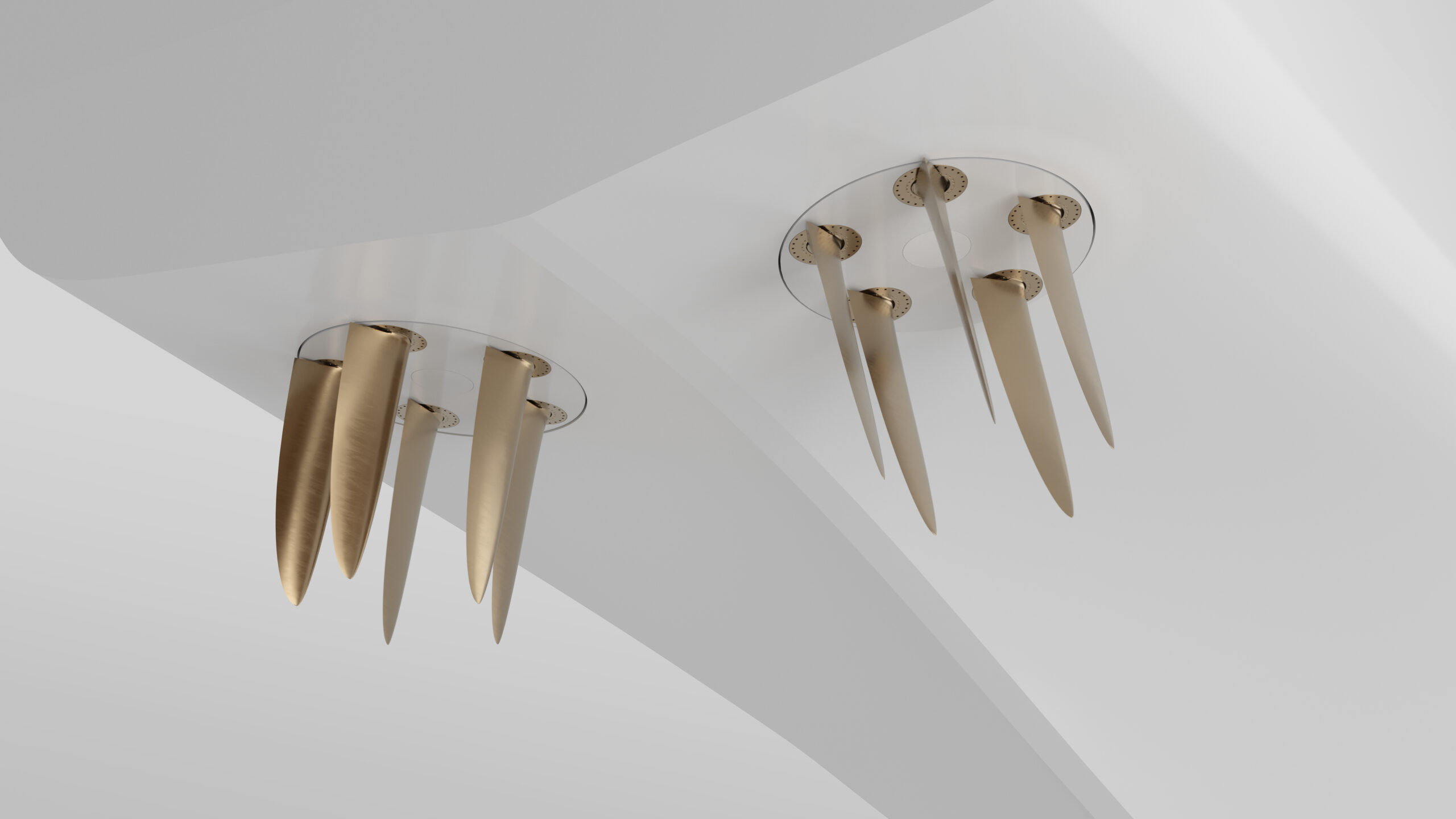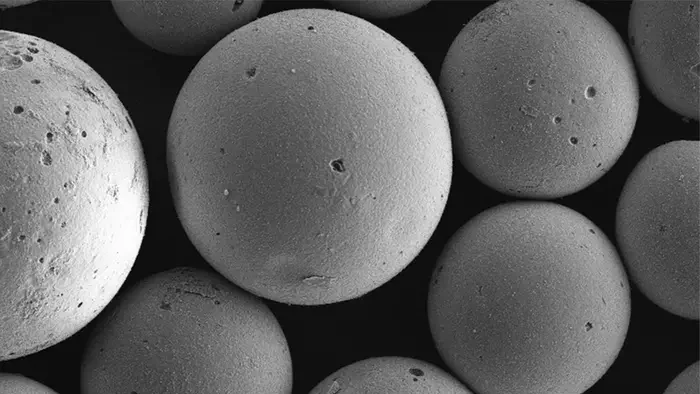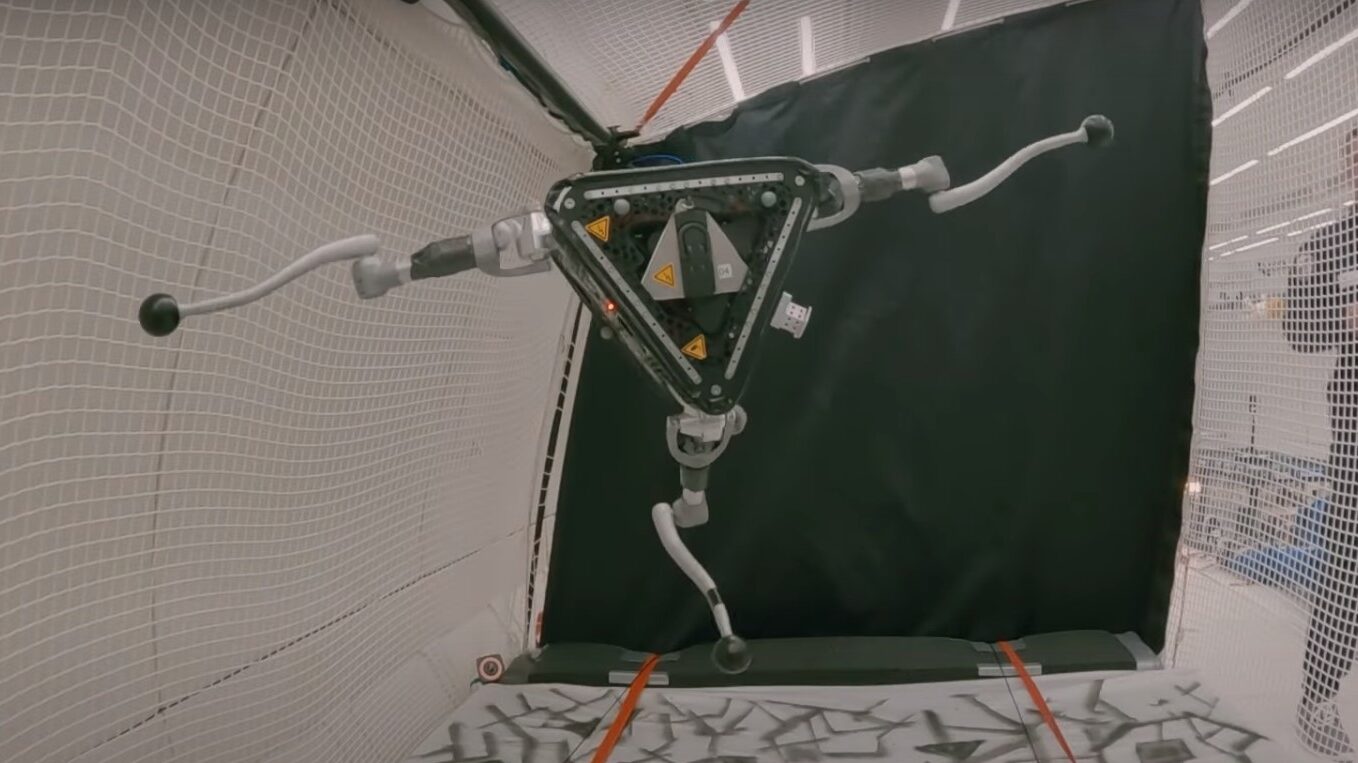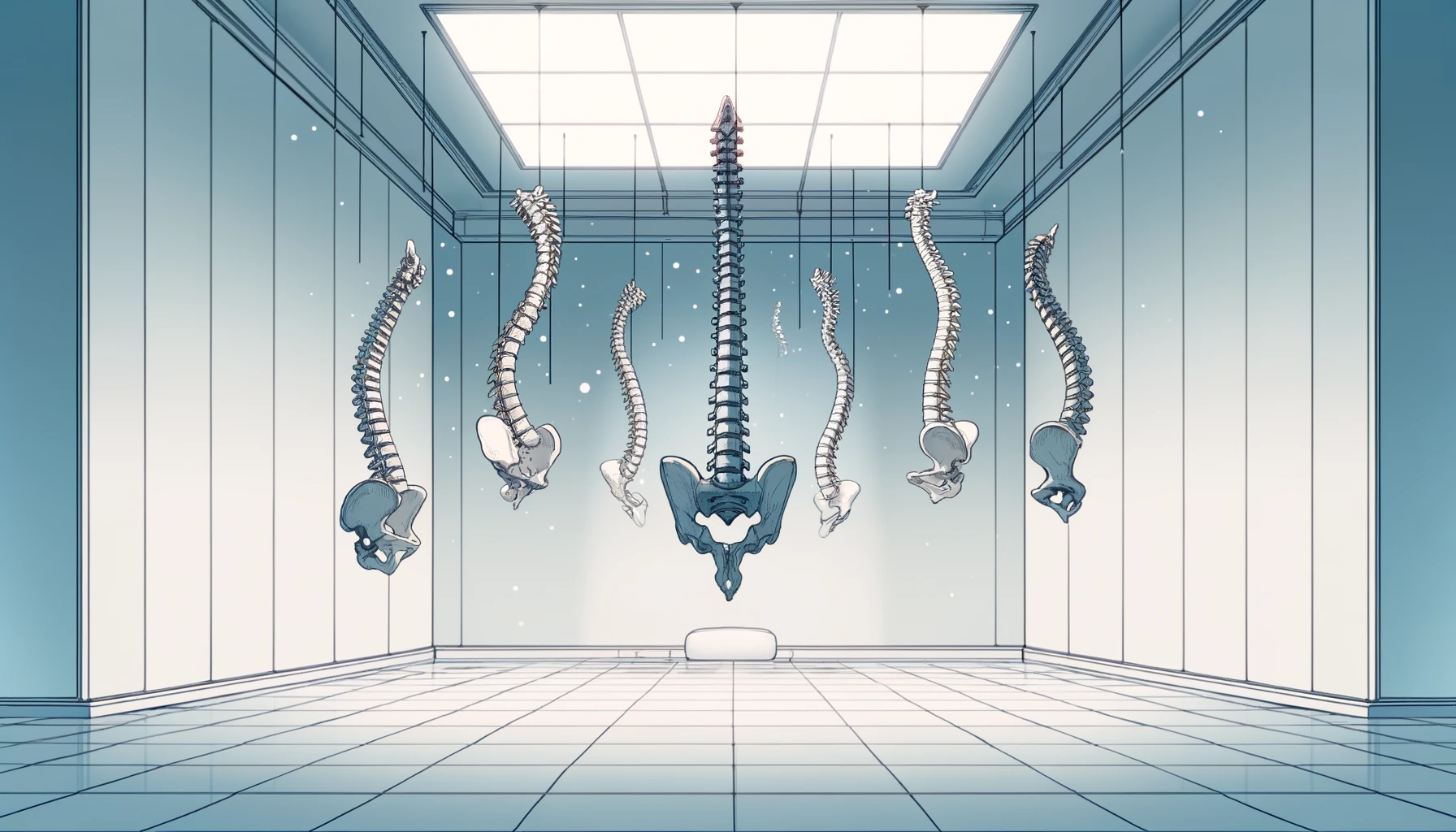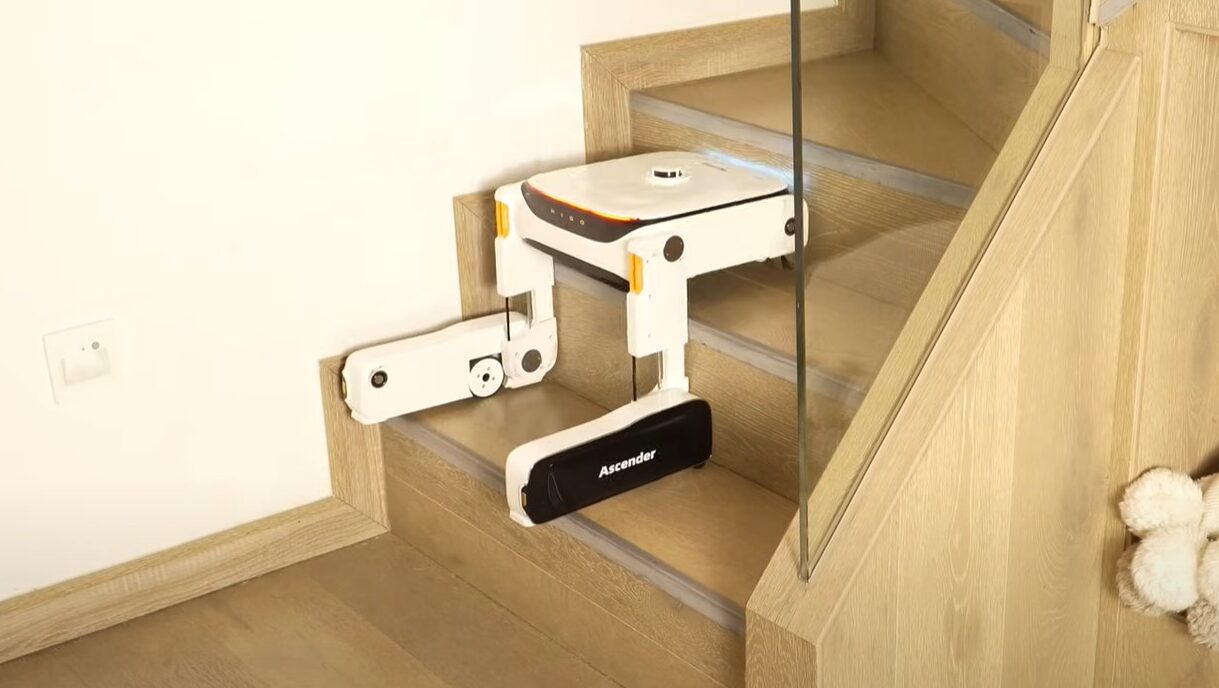From Osaka Metropolitan University 17/04/24
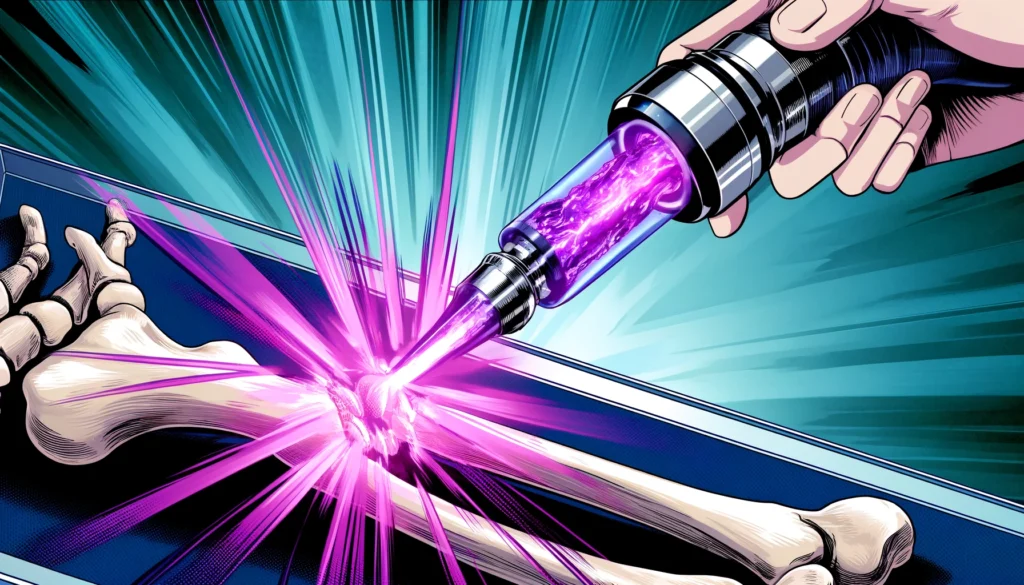
“Break a leg!” is a welcome blessing of good luck, but who wants to hear that they have actually broken a bone?
What’s worse, fractures that are displaced or complex require surgery and possibly lengthy recovery times while the patient remains partly or wholly immobilized.
Aiming to shorten recovery times, an Osaka Metropolitan University-led research group is focusing on plasma irradiation as a treatment method to speed up bone healing.
The Department of Orthopedic Surgery’s Kosuke Saito, a graduate student in the Graduate School of Medicine, Associate Professor Hiromitsu Toyoda, and Professor Hiroaki Nakamura, and Graduate School of Engineering Professor Jun-Seok Oh were among the researchers who used laboratory rats for their experiment.
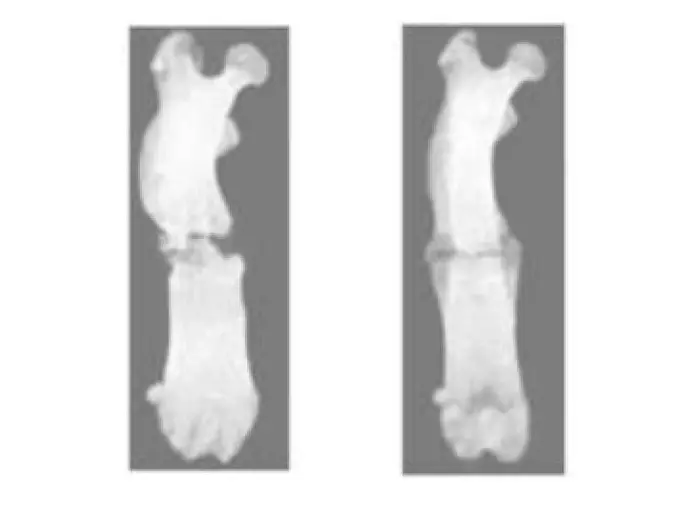
The researchers broke the legs of the rats in two ways.
One group of 24 rats had normal fractures that are generally easy to heal.
The other group of 20 rats had fractures known as non-union ones where healing is usually prolonged or does not happen.
Some were then irradiated with non-thermal atmospheric-pressure plasma, which didn’t offer the normal fracture group any significant advantages but boosted the healing and recovery time of the rats with non-union fractures.
The strength of the healed areas of the irradiated non-union rats was also about 3.5 times stronger than that of the nonirradiated ones.

Furthermore, in vitro study of pre-osteoblastic cells irradiated with the plasma for 5 to 15 seconds showed that the activity of a protein that is an indicator of osteoblast differentiation increased, indicating that maturation of these bone-forming cells was progressing.
“Collaboration between the medical and engineering fields creates new medical technologies that have never before existed,” Professor Toyoda declared.
“In the future, combining this treatment method with current fracture treatments is expected to contribute to more reliable bone fusion and shorter recovery times.”
Their findings are set for publication in PLOS ONE on April 16, 2024.



